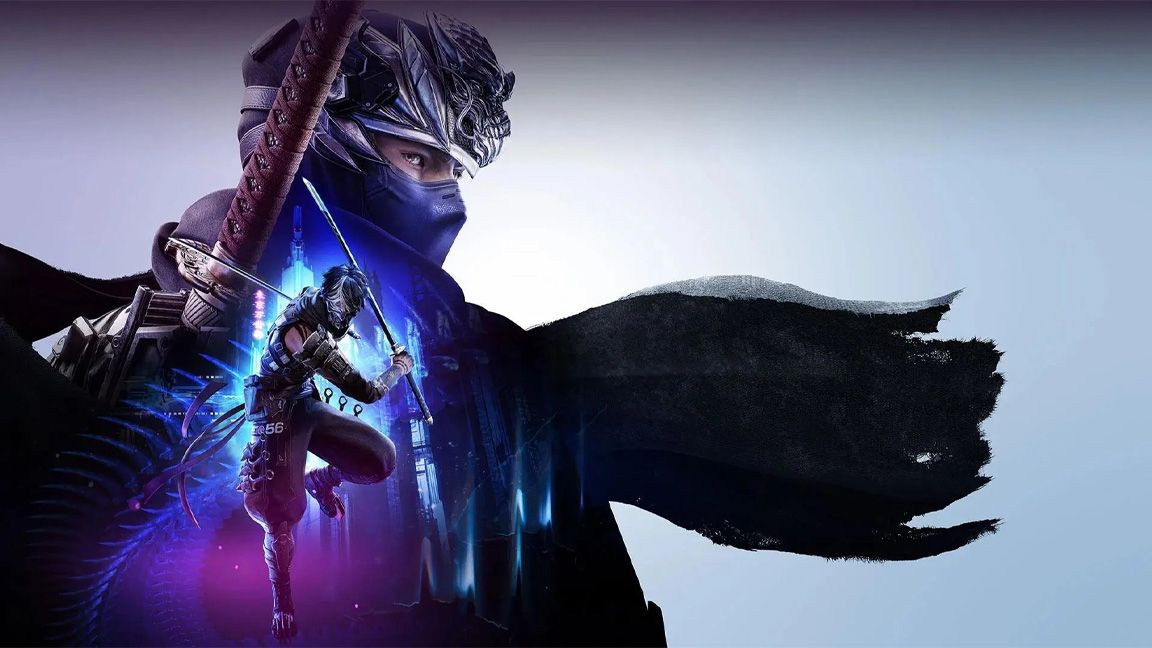
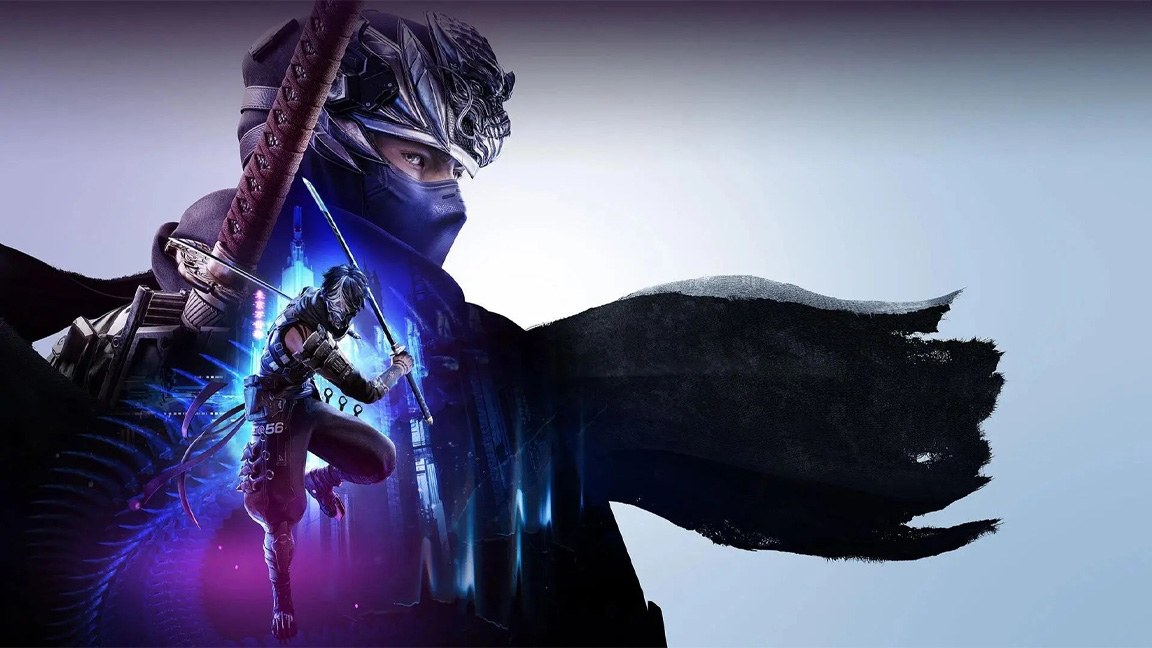
Publisher: Microsoft Game Studios
Developer: Team Ninja, PlatinumGames
Release date: 21 October
Format: Xbox Series X/S (tested), PC, PS5
Game engine: PlatinumEngine
Has it really over been 20 years since Ryu Hayabusa swallow dived onto Xbox and reset the rulebook on action games? That game was tough, I remember struggling but eventually mastering the debut ahead of Ninja Gaiden Black's reworking, and Ninja Gaiden 4 feels like both a resurrection and a reaffirmation. Partly because newcomer Yakumo replaces Ryu, but also because this entry reaffirms the series’ ninja power fantasy, and like Black, is balanced to newcomers but deep enough for die hards to experiment.
Co-developed by Team Ninja and PlatinumGames, this isn’t a reboot chasing modern trends but a celebration of razor-sharp combat and unapologetic difficulty spikes. In a generation obsessed with patient, Soulslike precision, Ninja Gaiden 4 is a reminder action games used to be about spritely movement, action and reaction. It's a timely return to 3D after the recent Ninja Gaiden Ragebound brought back the 2D games' spirit. Ninja Gaiden 4, then, is a reminder that speed and spectacle, aggressive action over cautious countering, still have a place.
The Ninja Gaiden name carries weight and for many like me good memories. From its 8-bit origins to 2005’s Ninja Gaiden Black, which set a new standard for combat design, the series has always demanded total mastery while offering anyone who picks up a pad a way to feel, well… like a ninja. Sequel Ninja Gaiden II amplified the blood and bravado; Ninja Gaiden 3 lost its way, trading precision for spectacle. Now, Ninja Gaiden 4 picks up the bloodied katana and aims for a reset of sorts, back to Black, if you will.
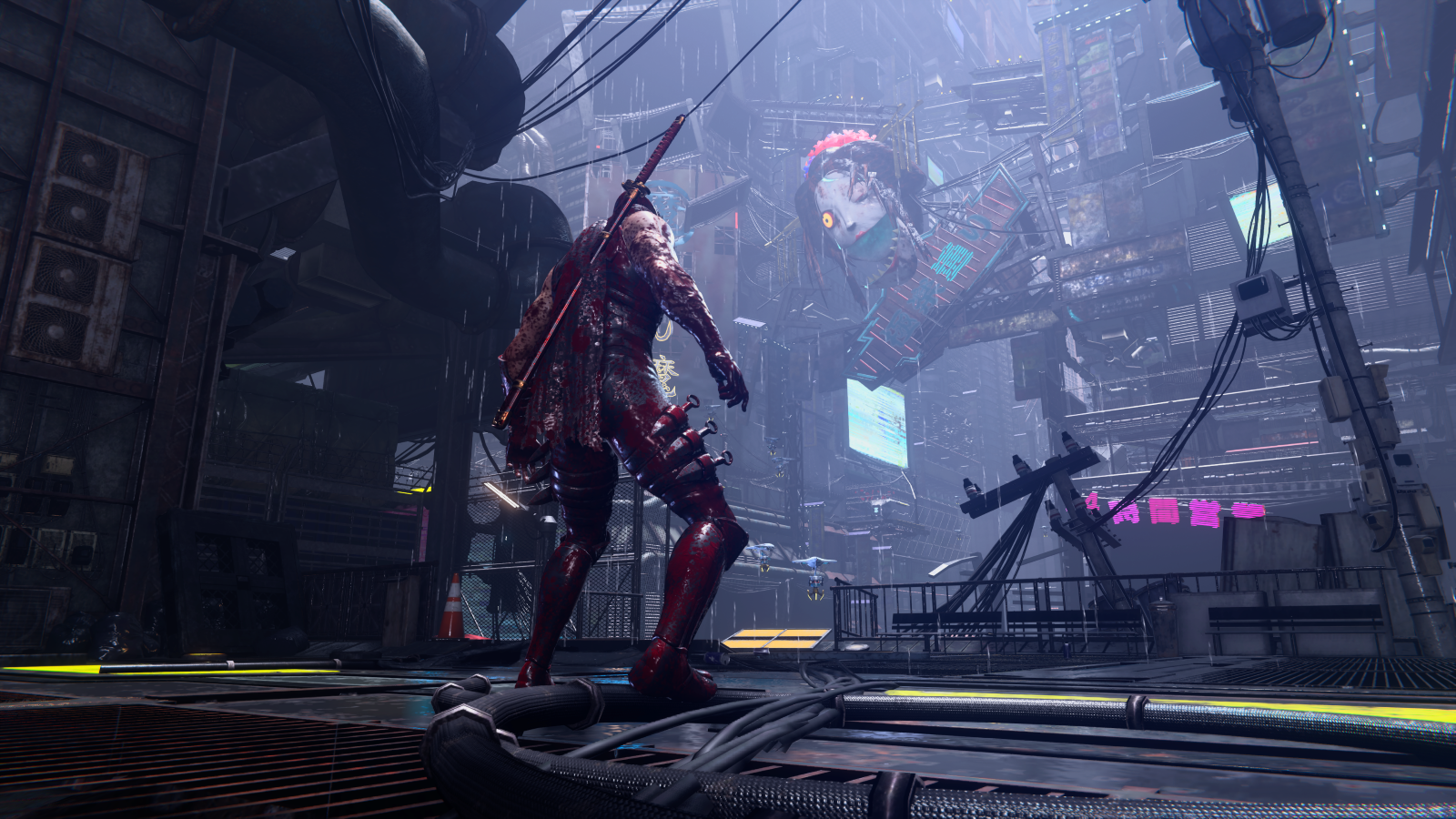
Ninja Gaiden 4 takes us back to Black
PlatinumGames’ involvement shows in every combat encounter: animations link beautifully, transitions feel fluid, and the camera, for once, doesn’t fight you. Despite my love of the series, the camera was always a distraction, but Ninja Gaiden 4 has few moments of camera fatigue or catching behind geometry. More so, if you’re new to the series, coming off the back of the recent remasters, then this entry feels like the next step, not an overcompensation for a previous misstep.
Combat sits neatly on the right side of crafted chaos; fast, flashy, and stylish without descending into button-mashing. On its easiest 'Hero' setting I found there's leyway for hammering buttons, but above this you'll need to think and link attacks more precisely. As well as base attacks and weapon-specific comobos, a second pater of moves are on offer. Newcomer Yakumo’s Bloodraven Form rewards aggression and gambles on attack over defence. Ryu’s Gleam Form focuses on precision and agility (when you get to play as him). Both are used to transform weapons and guard-break enemies.
In action, despite the wild visuals, I found every movement in the game has intent and every strike lands meaningfully. Crucially, combat is fair and rarely feels random. When I fail to land a combo or Yakumo takes a hit, it’s because I misjudged a dodge, not because the game cheated me with a hidden sucker punch. The 60fps performance on Xbox Series X sharpens that precision and fans will soon notice key animation frames to act and react to, something that becomes important on higher difficulties.
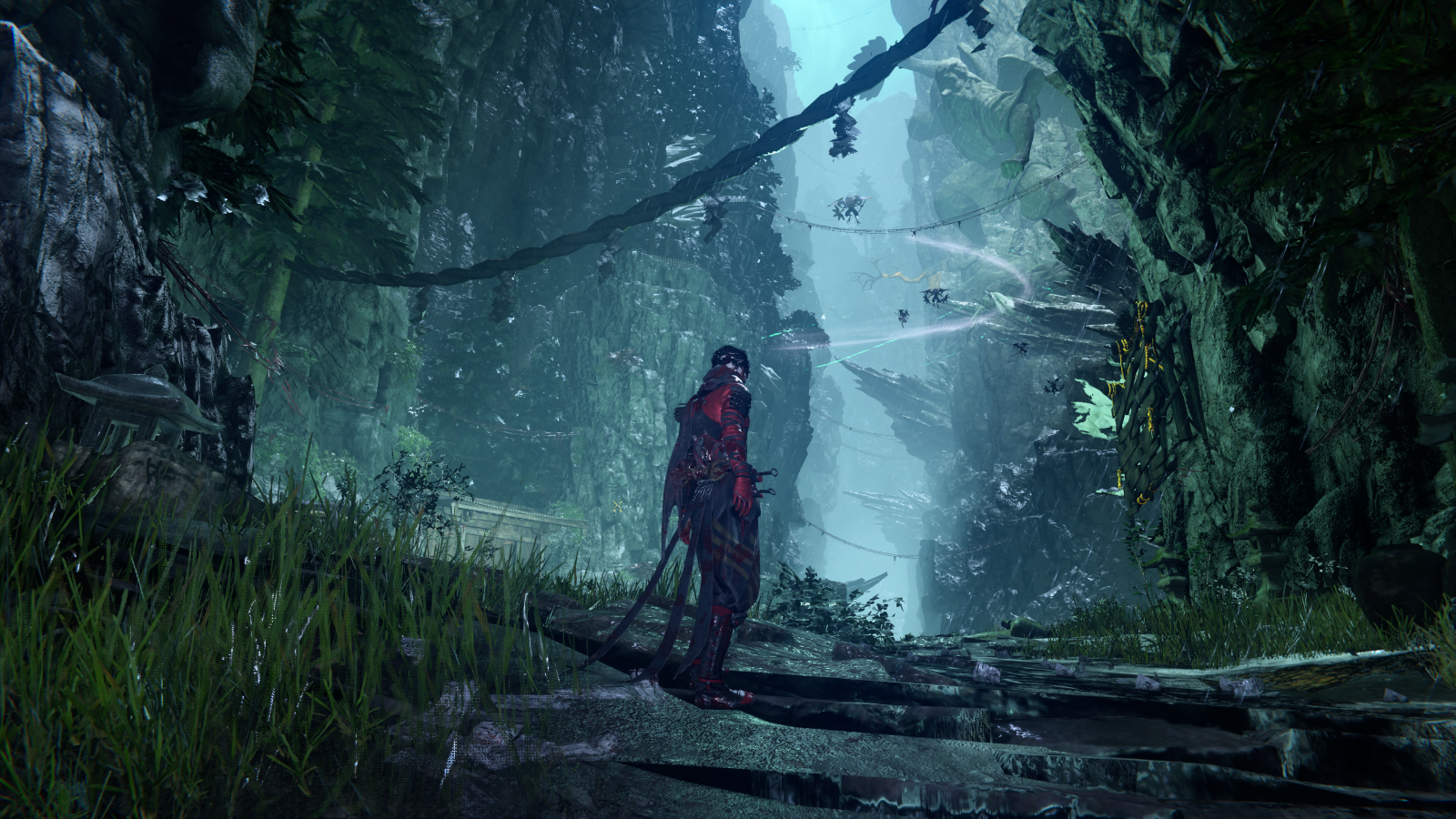
One of Ninja Gaiden 4’s most satisfying twists lies in its four evolving weapon styles, unlocked steadily as you progress. While the core of Yakumo’s and Ryu’s Combat Skills remain, so you needn’t relearn new button inputs, each weapon reinterprets pad and button combos in different ways and change depending on whether you’re in Base form, Bloodraven or Gleam Form, by holding left trigger.
Yakumo’s Cursed Blades is a twin katana and a familiar all-rounder; the Twilight Piercer offer a rapier style that turns to a ‘drill’ (yes, really); the Tremor Staff introduces elegant crowd control but transforms to a rocket-powered hammer; and the new Dark Arsenal ‘ninja box’ is pure chaotic delight – a firm favorite once added to my arsenal, it’s a literal mixed bag of distance, close attack, crowd control, and flair all in one, erm… box.
That final unlock transforms the late game. A Swiss-Army knife of destruction, it mixes traps, explosives and blades in seamless harmony. Throwing knives double as mid-range projectiles before transforming into cleavers for brutal close-quarter kills. It’s absurd, experimental and endlessly fun; a mechanic that freshens the later chapters and rewards risk-takers.
By the time you master all four – there is a fifth weapon but that would be giving away a secret you’ll want to discover – Ninja Gaiden 4 becomes less about survival, more about expression and how stylishly you can dismantle a room of demons. This in turn, makes New Game+ a must and demands you re-run the game, upgrading and exploring new techniques.
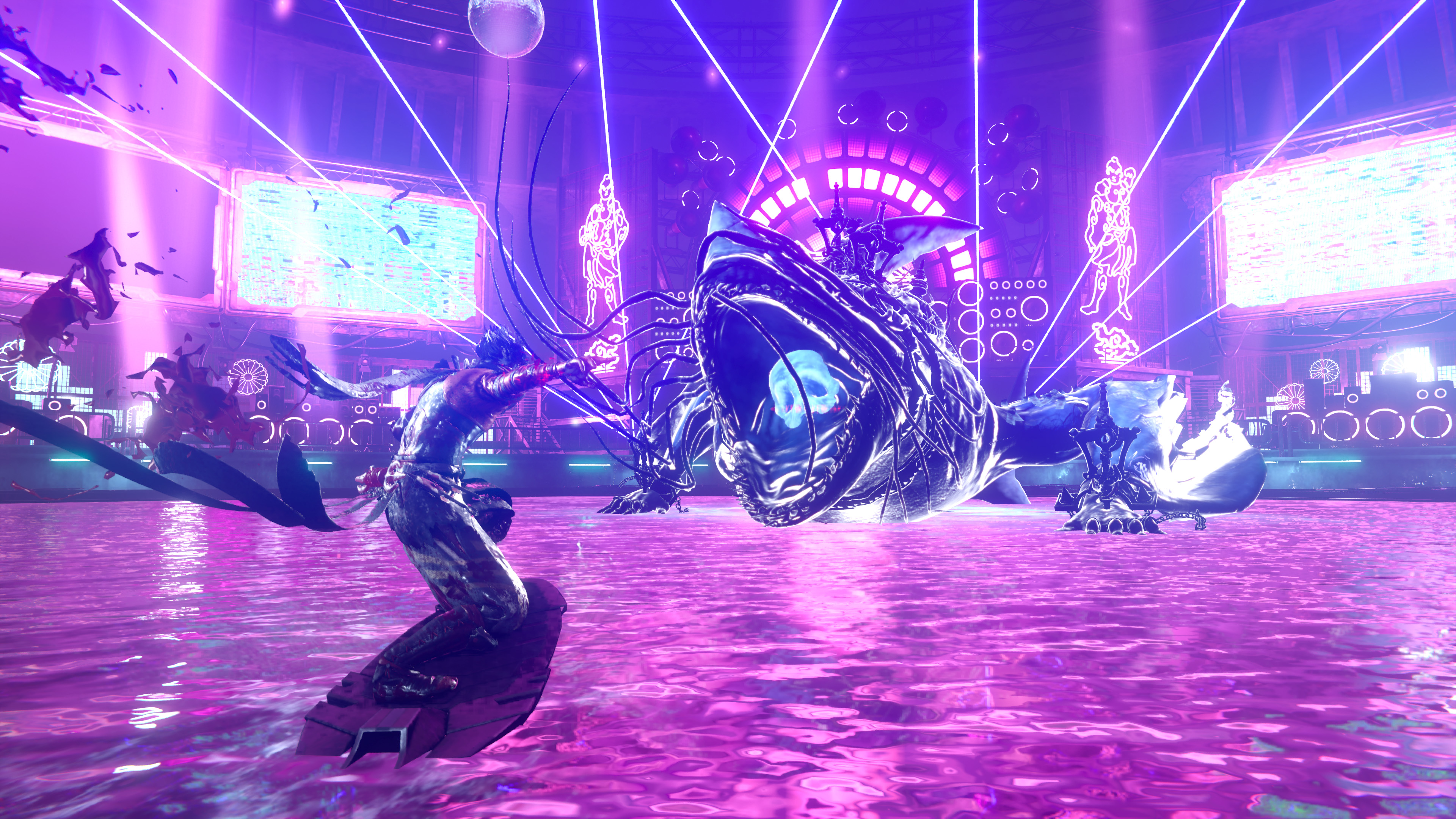
New hero, same moves
Progression in Ninja Gaiden 4 isn’t about edging up a mix of stats but instead earning currencies to unlock new moves, accessory slots and weapon combos. Every fight feeds back into your growth: Ninja Coins earned from performance unlock new Combat Skills, while a red-orb currency fuels Weapon Skill moves, opening up new combos.
The focus is on growing Yakuma’s movesets and how to make best use of them. There’s a rhythmic pattern to mastering the controls, tapping triggers to block, counter, unleash Bloodraven Form to break defences; juggle stick and button combos and even hot-swap weapons for total crowd control (some are better against certain enemies). It's combat design that encourages aggression. Deal damage, and you reclaim health through red recovery, pushing you to stay in the fight rather than retreat.
It’s clever, slick, and deeply satisfying, though not without its flaws. Locking certain signature moves behind progression could irritate long-time fans, while the need to make use of all weapon types means you can't focus and blockout a weapon's movest, though this also means replays are not just fun but necessary. Still, for newcomers it’s a smart on-ramp to the series’ notorious challenge, and for veterans, it’s a playfyul menu of styles to experiment that makes re-runs even more engaging and purposeful.
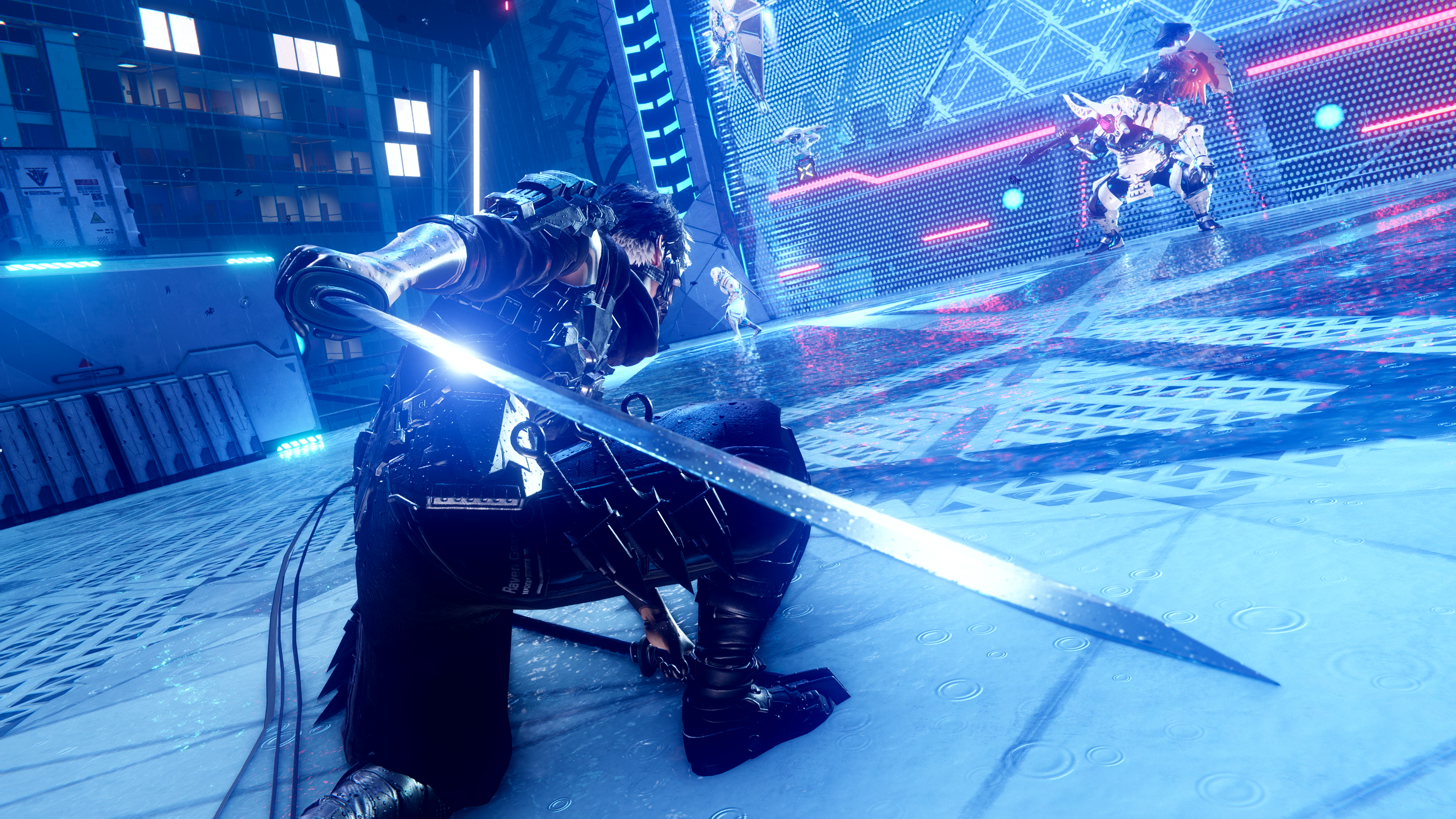
Ninja Gaiden 4 is a visual spectacle. Built on PlatinumEngine, it captures that signature Team Ninja gloss and sheen: the razor-sharp, fluildy animated character models, glistening blades, and exquisitely animated fabric and smoke. The engine’s dynamic rendering makes every encounter feel theatrical: sparks scatter across rain-soaked rooftops, while severed limbs twist in aerosolised blood. While some stages can feel overly swamped in mist and fog, hiding detail in favour of framerate, I prefer performance over pure visual bombast.
Where the game really excels is with its animation. There’s an unmistakable anime zeal to its presentation, where every sword swing is exaggerated and every finisher is framed like a panel from a graphic novel. New environments are ushered in with confident bravado, and demand you look at the giant dragon god wrapped around Tokyo’s skyline in awe. It’s stylised realism rather than photoreal grit, leaning into the clean and oversized heightened drama that defined early-2000s action games. Rooms are large and sparse, gleaming and bare, but then the acrion kicks off and these empty spaces become cauldrons of gross-out action. The choice pays off, and Ninja Gaiden 4 looks distinct and plays at a wild pace. It’s unapologetically animated, gleefully over the top, and utterly confident in its identity.
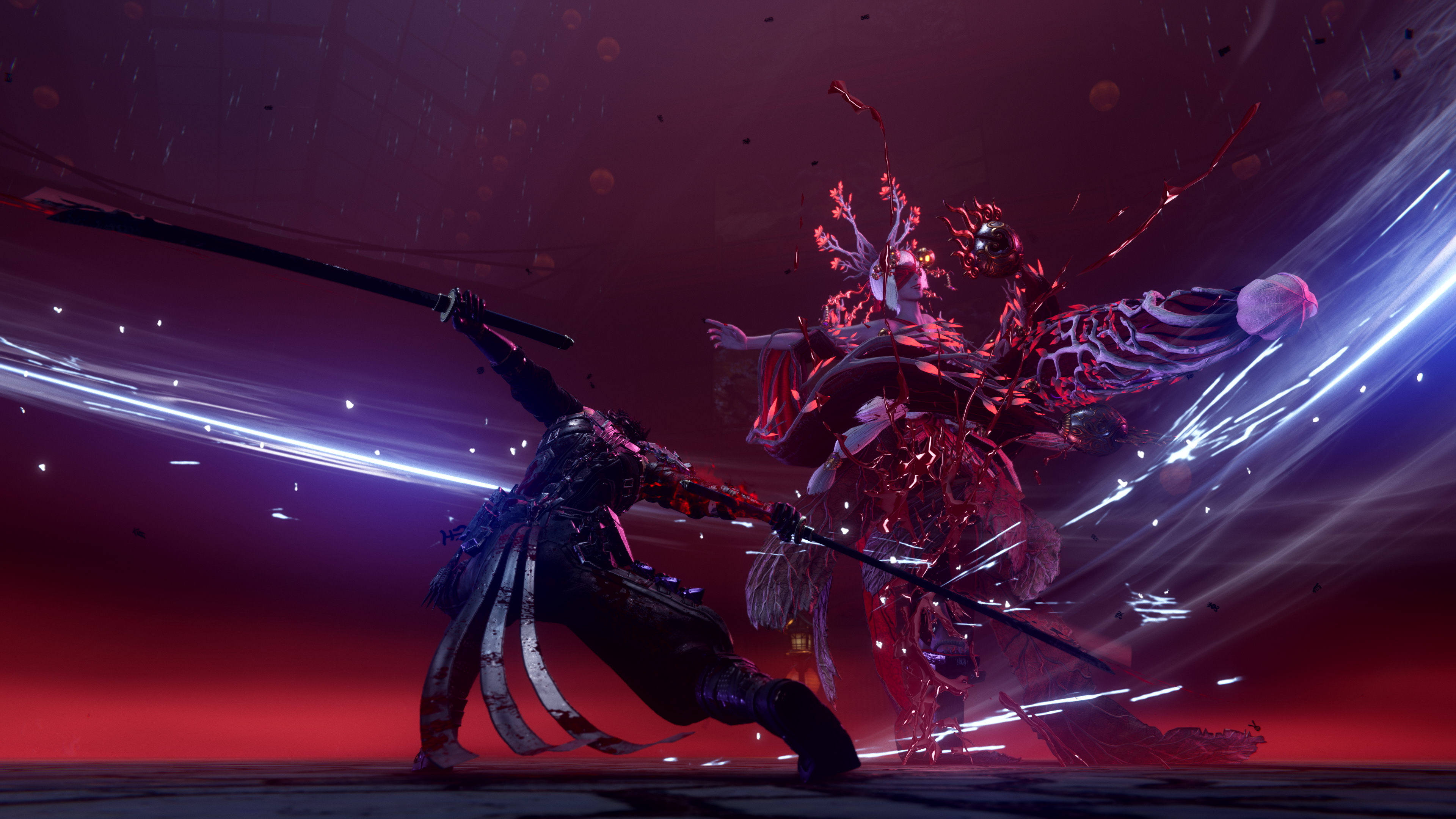
Bouncing on boss battles
Ninja Gaiden 4's story follows familiar lines go previous games: a corrupted Tokyo, a dark power, a stoic hero caught in myth and weighed down by duty. Structurally, it’s linear, with only faint detours or side rooms to explore or flashbacks to hack through. There are cinematic twists and brief shifts in perspective, but the progression remains focused: parkour platform runs, a torrent of challenging enemies, a boss, and repeat.
It’s deliberate, and in its way, refreshing. There’s no padding, no meandering open-world fluff. It’s the kind of design that once defined the genre, and I found it welcoming after one too many sandbox Soulslikes. That said, each stage offers scope for slight exploration; dark alleys lead to hidden loot boxes or challenge rooms that get ever trickier to overcome, a gamble mechanic leans into testing your skills – think you can clear a room and survive, then wager your Ninja Coin and put Yakuma’s life on the line.
The boss fights are a visual feast and a tactical tussle. Each encounter is both a test of skill and a lesson in restraint. A cybernetic samurai eases you in; a blade-dancing warlord that turns the arena into a blur of slashes and neon fire. But later, boss encounters become more demonic – a tentacled giant wolf demon and what I can only describe as a tortured sentient tree lady. Each has a second manifestation that goes bigger, just when you think you have a handle on things.
At first, they seem insurmountable, until you notice a pause, a flicker, a tell. Gaps appear, patterns unfold, counters land, and you’re reminded why this series has always been about mastering the controls and combos, taking risks and feeling empowered. Fundamentally, you always feel like you have a chance, and that aggressive front-footed gameplay ignites the ninja power fantasy the series has always leaned into.
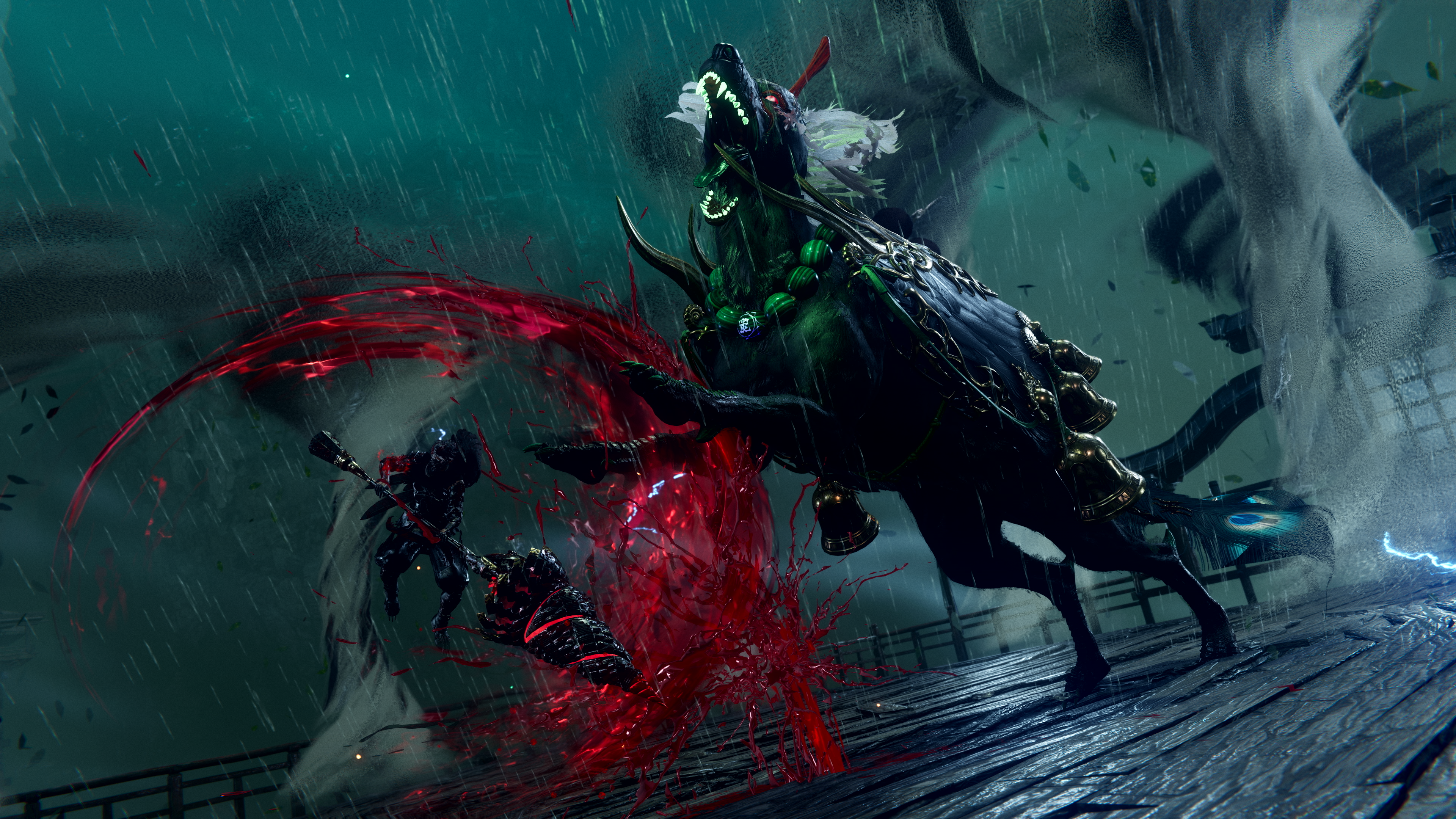
The familiar done well
For all its gore and grandeur, Ninja Gaiden 4 feels oddly cosy. Its structure is familiar, its combat and controls dependable, and the DNA of the series is on show, rarely straying but championing what Team Ninja has always done. Few risks are taken with the series' formula, so don’t go in expecting grand changes or bold new ideas, yet that’s part of its charm, Ninja Gaiden 4 is confident enough to refine rather than reinvent, and while some may want more, if you’ve been here since Xbox, like me, what’s on show is pitched just right.
In doing so, Ninja Gaiden 4 delivers something rare: a somewhat nostalgic rebalancing of the action genre, stealing back attention from the trend for stoic Soulslikes and putting it firmly on the joyful, over-the-top spectacle of a true slasher. Yes, it’s rolling back time to an older generation of combat games, but I’m okay with that.







